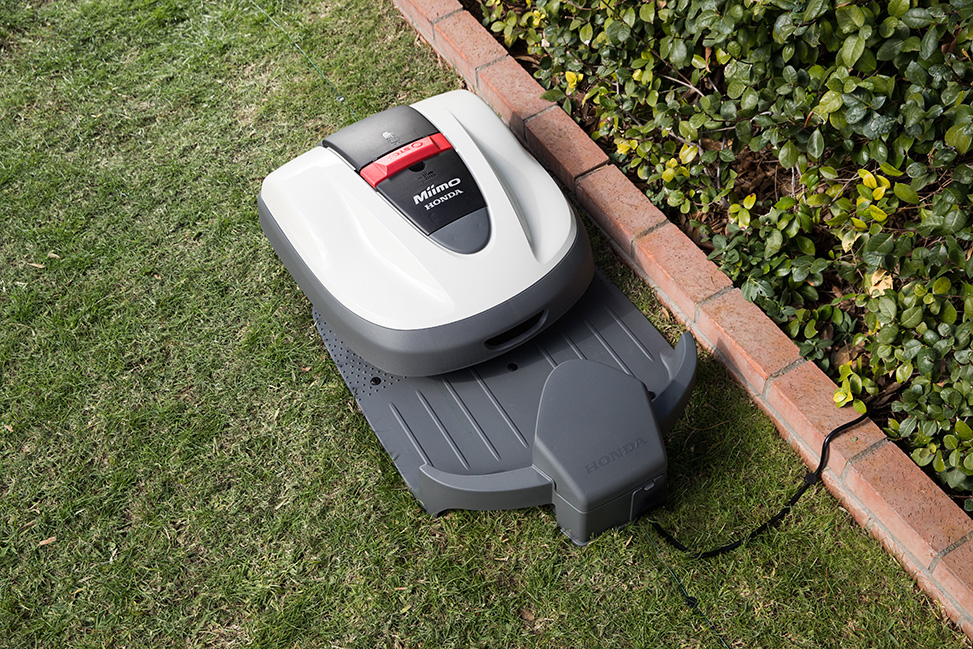
by Ray Bodrey | Sep 6, 2018
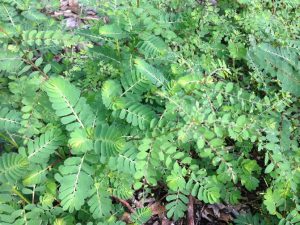
Figure 1: Chamberbitter, a common annual weed.
Credit: Mary Salinas, UF/IFAS Extension Santa Rosa County.
With daily rainfall occurring regularly, coupled with humid temperatures, summer annual weeds have had a mighty boost in growth. Chamberbitter, Florida pusley, sedge and oxalis are just some examples of the many weeds that are exploding across our landscape.
Chamberbitter (Phyllanthus urinaria) is found as north as Illinois and as west as Texas, but thrives in lower southeastern states. It’s a headache for homeowners as well as pasture managers. The foliage resembles that of the mimosa tree (Albizia julibrissin) and can be confused with the native mimosa groundcover, known as powderpuff mimosa (Mimosa strigillosa). This plant grows upright and develops a long taproot. Wart-like seeds can be found on the underside of the branch.
Florida Pusley (Richardia scabra L.) also known as Florida snow or Mexican clover, has recently blanketed landscapes in the Panhandle with white flowers. It’s a persistent weed that moves quickly.
Sedges and sedge-like plants (Cyperus ssp.), known as kyllinga, are species that emerge in late spring and thrive in summer months in warm, moist climates. Excessive irrigation or areas with poor drainage create a very hospitable environment for these weeds. Sedges are annual grass-like plants have an elaborate flower-bearing stems. Yellow and purple nutsedge are the most common species. Kyllingas have smaller leaves and are less vertical. Sedges and kyllingas are fast spreading, and reproduce through seed and rhizomes, or underground tubers.
Oxalis or yellow woodsorrel (Oxalis stricta) have heart-shaped lobes and have a bright yellow flower. Oxalis reproduces by seed and have a narrow “okra-like” seed pod.

Figure 1: (L to R) Chamberbitter, Pusley, Sedge, Kyllinga & Oxalis.
Credit: Stephen H. Brown, UF/IFAS Extension Lee County
What about control? Some cultural control methods are hand removal and mowing frequently to offset the life cycle, but these practices alone will most likely not solve the problem. There are many broad spectrum herbicides that can be used to control these weeds with good results, but you must be persistent. Some are season long applied products. However, most effective products need to be applied in cooler temps than we have now. Consecutive days of temperatures of less than 90 degrees would be optimal. Applying the chemical otherwise will most likely harm the turfgrass. Be aware, some productions will injure or kill centipede and St. Augustine, but are safe to use on other turfgrasses like bermuda, bahia and zoysia. Be sure to read the label and follow the directions and precautions.
Another option is non-selective herbicides, like glyphosate, which can be used in thick patches or for spot treatment. When using a selective herbicide, remember to protect turfgrass and other plants from spray drift or any contact, especially regarding ornamental plants and trees.
Contact your local county extension office for more information.
Supporting information for this article is from the following online publications:
Clemson Cooperative Extension publication: “Chamberbitter”, Bulletin HCIC 2314: http://www.clemson.edu/extension/hgic/pests/pdf/hgic2314.pdf
UT Institute of Agriculture document, “Nutsedge and Kyllinga Species” by Mathew T. Elmore, James T. Brosnan and Gregory K. Breeden: http://www.tennesseeturfgrassweeds.org/Lists/Fact%20Sheets/Attachments/23/W260updated2015.pdf
UF/IFAS EDIS publications: “Yellow Woodsorrel (Oxalis) Biology and Management in Turf” by J. Bryan Unruh, Ramon G. Leon, and Darcy E. P. Telenko: http://edis.ifas.ufl.edu/pdffiles/EP/EP38500.pdf
“Weed Management Guide for Florida Lawns” by J. Bryan Unruh, Ramon G. Leon, Barry J. Brecke, and Laurie E. Trenholm: http://edis.ifas.ufl.edu/pdffiles/EP/EP14100.pdf
UF/IFAS Extension is an Equal Opportunity Institution.
by Matt Lollar | Jun 28, 2018
A new research project at the West Florida Research and Education Center in Jay, FL is looking into the quality of turfgrass cut with a robotic mower. The study is to determine whether the quality of St. Augustinegrass can be improved by continuous mowing with a robotic mower at 2.4″ height instead of the traditional mowing height of 3.5″, removing only a third of leaf blade material per mowing.
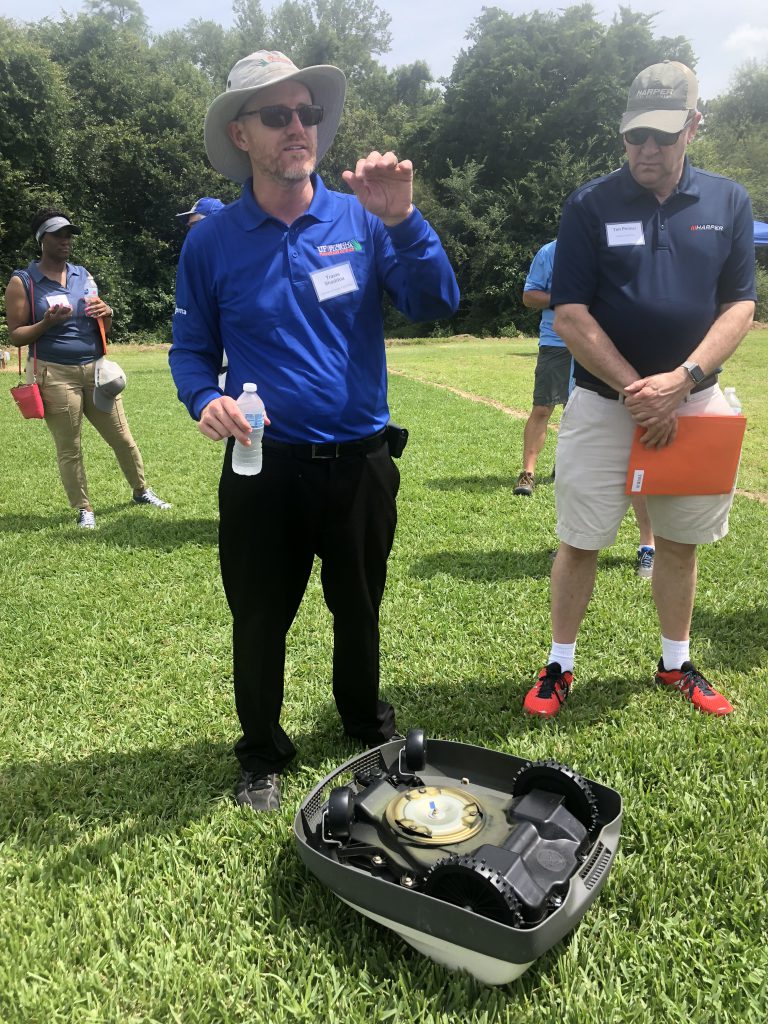
Dr. Shaddox talking to participants at the 2018 Gulfcoast Expo & Turfgrass Field Day. Photo Credit: Matt Lollar, University of Florida/IFAS Extension.
The mower being tested is the Miimo manufactured by Honda. This particular model mows and charges on its own and can mow up to 0.37 acres on one charge. It can mow in three programmable cutting patterns: directional; random; or mixed. The study is utilizing the random cutting pattern.
The mower’s three, two-sided blades are mounted on a circular head that can rotate both clockwise and counter-clockwise. The head automatically switches between clockwise and counter-clockwise rotation to reduce wear on the blades. The blades are basically just two-sided razor blades. A buried guide wire is installed on the perimeter of the lawn to serve as a boundary.
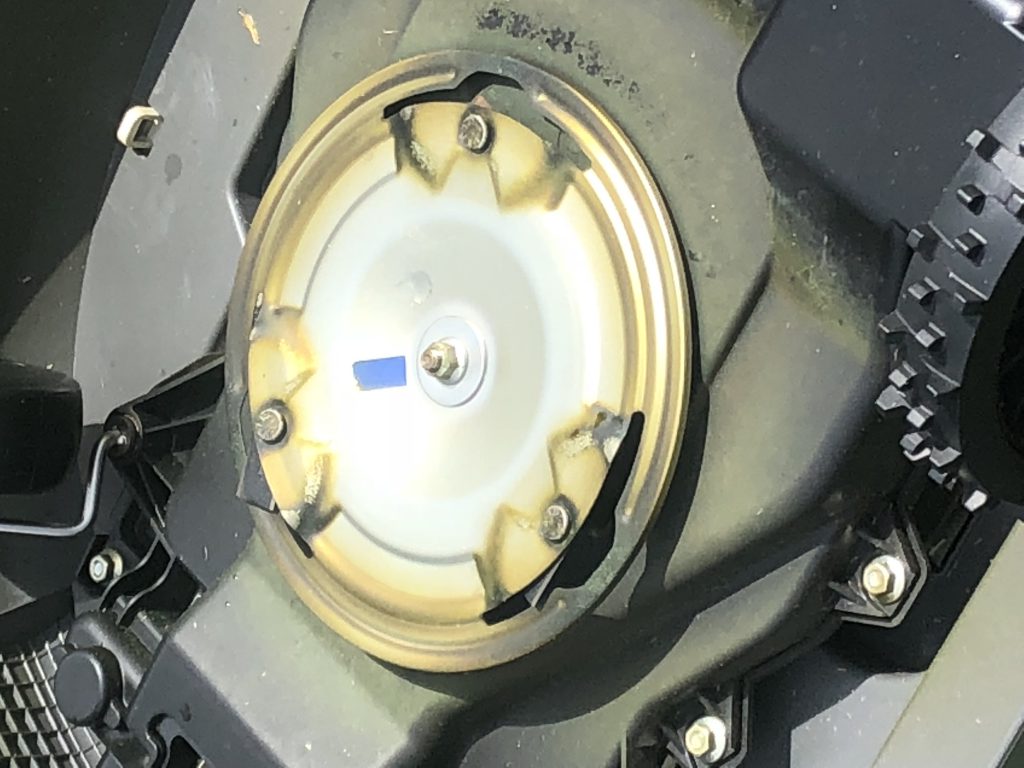
A close-up shot of the Miimo mower blades. Photo Credit: Matt Lollar, University of Florida/IFAS Extension.
So far, the plots cared for by the robotic mower look promising! The blades on the robot are much finer than those found on a common rotary mower. Because of this, they cut more cleanly and tend to tear the grass blades less often than the rotary mower. Other robotic mowers on the market include the Worx Landroid, Husqvarna Automower, and Bosch Indego. Please stay tuned for future robotic mower evaluations on other products, energy consumption, and nutrient evaluation.
by Mary Salinas | May 23, 2018
A healthy lawn is a joy to stroll, relax and play on. It can also be part of an environmentally friendly landscape. But, sometimes it can seem to be a mystery on how to achieve that lush, healthy lawn in the Florida environment. Since we have lots of sandy soils and experience long periods of warm and hot weather, many suppose that giving the lawn lots of water will help do the trick. Not so.
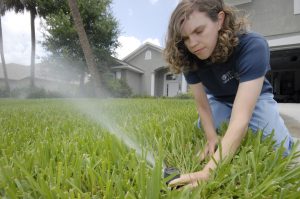
Photo credit: UF/IFAS.
But what harm can it cause to give the lawn plenty of water all the time? Isn’t that a good thing? No! Overwatering your lawn can lead to the following problems:
- Development of fungal diseases (fungi love a moist environment!)
- Increased insect pest pressure
- More rapid thatch development
- More weeds (those little emerging weed seedlings thrive on consistent moisture!)
- Some weeds, like dollarweed and sedges, can be an indication of overwatering
- A shallow root system when frequent, light watering is applied
- Washing away of fertilizer down into the soil past the root system
- Higher water bills.
Our lawns need, on average, about 1/2 to 3/4 “of water a week during the summer. This recommendation changes depending on soil type, shade, temperature, wind, and season. To figure out how long to run your sprinklers, watch this YouTube video from UF/IFAS.
We recommend running your automated system only when your lawn shows signs of needing water such as:
- Leaf blades fold
- The lawn looks ‘off-color’
- Footprints remain and are visible
For more information:
Watering Your Florida Lawn
Gardening Solutions: Irrigation
Your Florida Lawn
by Ray Bodrey | May 4, 2018
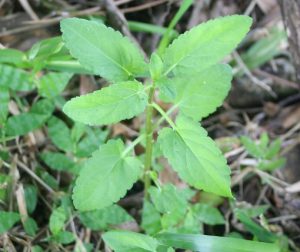
Figure 1: Florida Betony, Stachys floridana. Credit: UF/IFAS Range Cattle Research & Education Center.
If you look closely at your yard, there is a good chance that you will find a plant that, depending on who you ask, is considered either a native wildflower or a weed and there are more than a few species that fit this description. If, upon even closer inspection, you find a plant with root tubers that resemble egg casings or even a rattlesnake’s rattle, you’ve stumbled upon Florida Betony.
Stachys floridana is a perennial broadleaf commonly referred to as rattlesnake weed due to it’s fleshy, white, segmented underground tubers. The plant has an erect stem with leaves that are opposite, shovel-shaped and coarsely serrated. The plant structure is very similar to mint. Flowers, emerging in late spring, are pinkish-purple in color. These inflorescences will also produce fruit, consisting of four nutlets. However, reproduction of the plant and it’s propensity to spread through lawns and gardens primarily occurs through dense root tuber development. Florida Betony’s growing range was originally confined to the state of Florida, but the commercial nursery trade played a major hand in dispersing the plant across the Southeast in the mid-1900’s. It can now be found as far west as Texas and as far north as North Carolina.

Figure 2: Tubers of the Florida Betony. Credit: Jill Bebee, UF/IFAS Gulf County Master Gardener.It can now be found as far west as Texas and as far north as North Carolina.
This time of year is when Florida Betony thrives. The moderate temperatures of fall and spring are the prime growing periods for Betony. In the heat of the summer, the above-ground structure of the plant will struggle and often disappear completely, only to reemerge in the fall. As a lawn weed, managing tuber development is key to controlling this plant. Applying herbicide to the leaves and stalk may seem at first to have conquered the weed. However, in most cases the tuber will simply regenerate. Glyphosate (Roundup) can be used effectively for control in ornamental plant beds where no turf is present. Be careful when spraying herbicides around trees, shrubs and other desirable plants as any foliar contact will cause phytotoxicity. If you have an infestation of Florida Betony in your turfed areas, there are a few options for control. Regular applications of three way broadleaf herbicides, such as mixtures of 2-4D, Dicamba and Mecoprop, are effective at suppressing this pesky plant. For more information and options, please contact your local county extension office or see the supporting information links below. Always refer to the product label for specific uses, precautions and application rates when using any herbicide.
Supporting information for this article can be found in the following the UF/IFAS EDIS publication, “Florida Betony Biology and Management in Turf” by J. Bryan Unruh, Ramon G. Leon, and Darcy E. P. Telenko: http://edis.ifas.ufl.edu/pdffiles/EP/EP38800.pdf

by Les Harrison | Apr 23, 2018
Spring 2018 is barely out of the starting gate. All kinds of plants are sprouting and producing blooms! This week’s last gasp of winter temperatures slowed the progress, but only slightly.
Much like the Easter egg hunts a few weeks ago, a search of the landscape can bring multiple surprises. Two colorful plants, spiderwort and rustweed, which are growing in the region fit into this category.
Tradescantia ohiensis, the scientific name for spiderwort, is a herbaceous native plant. Its most striking feature which makes it easily identifiable is the cluster of bright purplish-blue blooms which are currently on display.

Spiderwort in full flower. Image Credit Les Harrison
To the casual listener, the name spiderwort implies an arachnid with a complexion issue. Far from it, but the terminology is shrouded in agriculture and horticulture history.
The term wort, in its various forms, can be traced back to northern Europe to well over 1,000 years ago. Its meaning related at first to herbs, and then to plants without bark or hard stems.
It should not be confused with wart, a skin eruption relating to a virus. Contact with any part of the spiderwort does not infect a person with warts.
The spider part of the name relates to the flower peddles. In harsh sunlight of the afternoon, the Spiderwort’s peddles are reduced to fine threads similar to a spider’s web.
Spiderworts are often seen along fencerows, in pastures and untended fields, and it forested areas. They bloom from late spring to early summer and usually grow in clumps or bunches of plants.
The plant clumps are easily separated and transplanted. Spiderwort has been used in ornamental horticulture as a showy, low-cost alternative for many years.
They expand their presence in the wild slowly, but persistently. Since there are no herbicides labeled for their control, they are considered a pest species by some hay producers.
Another plant with a colorful name, and which is considered a pest, is the rustweed (Polypremum procumbens). While it does not literally rust, it gets its name from its rust colored foliage in the autumn.
In spring and summer this low growing perennial is a Kelly green fitting for St. Patrick’s Day, and easily blends with Bermudagrass and other turfs as they make their season emergence. Tiny white blooms soon to come will confirm it presence, but this is often overlooked when in landscapes and lawns.
This plant spreads by seed, which are small and heart-shaped. One means of colonizing new areas is by seed lodging in mowing and other equipment, then depositing in new areas when the equipment is relocated.
As with all grasses in the Florida panhandle, rustweed is found only in sunny areas. This little known plant is an area native, but also occurs as far away as South America.
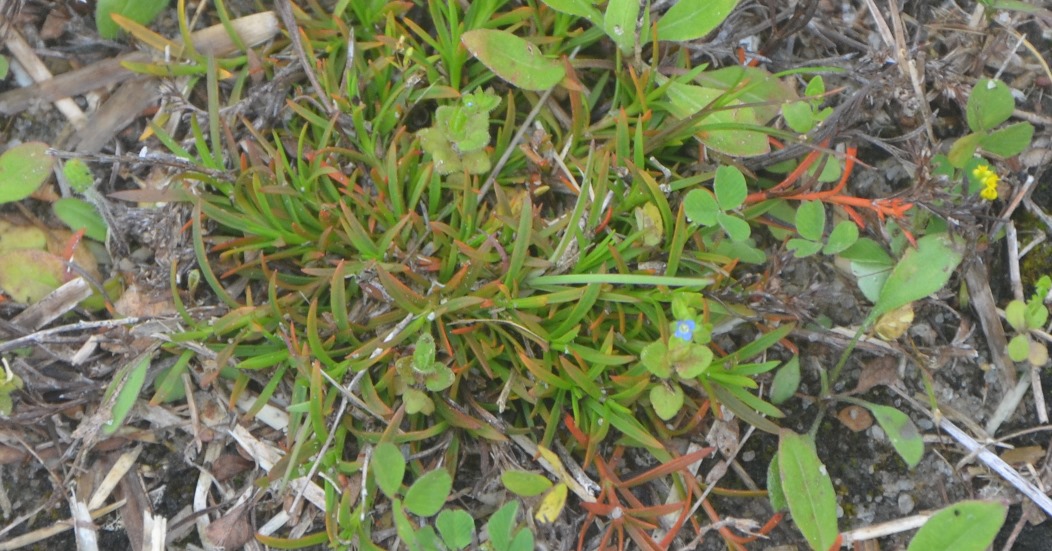
Rustweed, among others, in a Florida lawn. Image Credit Les Harrison
This aggressive native will quickly establish itself and push out other more desirable species. Mowing will not slow its progress.
After the multiple frost and muted earth tones, both spiderwort and rustweed are currently adding variation to the landscape’s hues as the weather warms.
To learn more about weeds in north Florida, contact your local UF/IFAS County Extension Office. Click here for contact information.
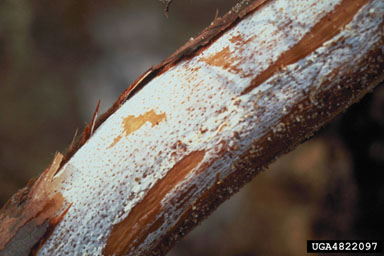
by Matt Lollar | Apr 23, 2018
Recently, an Extension Agent in the Florida Panhandle received a picture of some mushrooms popping up in a client’s garden. These particular mushrooms were in a spot where leftover mushroom compost had been dumped. The compost was previously used to grow oyster mushrooms and the client was hopeful that she had more oyster mushrooms growing in her yard. Unfortunately, the lab results came back stating the mushrooms in question were Armillaria spp.
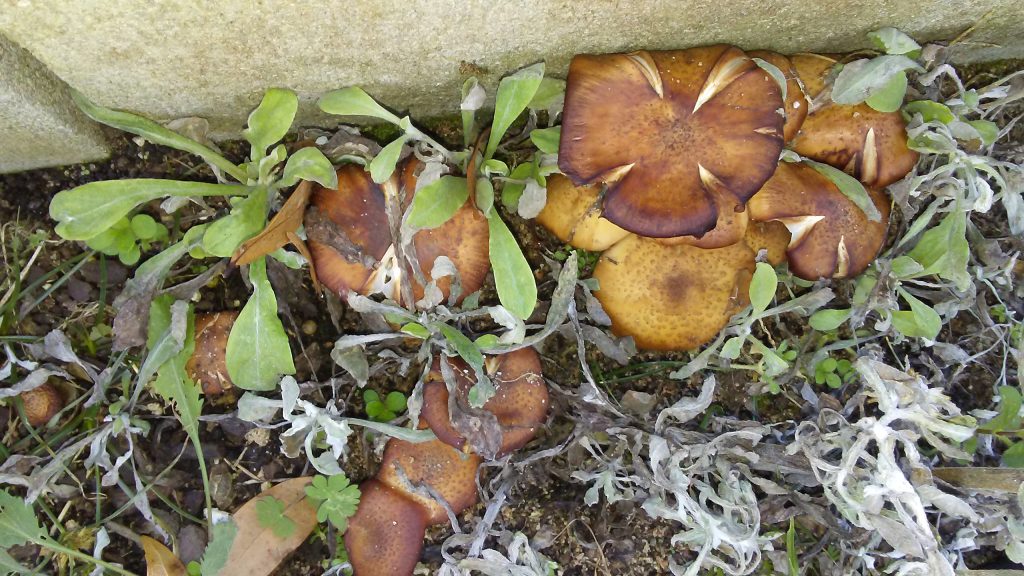
Armillaria spp. in the garden. Photo Credit: University of Florida/IFAS Extension.
Armillaria spp. cause root rot of trees and shrubs throughout the world. The fungus infects the roots and bases of trees, causing them to rot and eventually die. Some species of Armillaria are primary pathogens that attack and kill plants, but most are opportunistic pathogens that are attracted to unhealthy or stressed plants. Fruiting structures of the fungi can be recognized by the clusters of yellow to brown-colored mushrooms that emerge during wet conditions. However, the mushroom caps sometimes never form and the plant material needs to be inspected more thoroughly to find the disease culprit. Infected plants may have wilted branches, branch dieback, and stunted growth and should be removed and replaced with resistant species.

White mycelial fan under the bark of a root infected with Armillaria tabescens. Photo Credit: Ed Barnard
Management – The best method for controlling Armillaria root rot is with proper plant installation and maintenance. Planting plant material at the proper depth will allow the roots to breathe and reduce the opportunity for the roots to rot. Pruning tools should be sanitized between plant material. Proper irrigation and fertilization will also reduce the risk of plant disease and root rot. Lastly, you can choose to plant a diverse landscape with resistant species.
For more information on Armillaria root rot and a comprehensive list of resistant species, please view the EDIS publication: Armillaria Root Rot




